Track 1:
Display Technologies
8:30-10:00 am
|
M-1: The State of the Flat-Panel Display Market: New Era, or Just a New Cycle?
by Paul Semenza
Director of Communications, NextFlex
Flexible Hybrid Electronics Manufacturing Institute
San Jose, CA, USA
|

|
Driven by growth in TV screen sizes and solid demand combined with changes in supply, flat-panel prices increased by record amounts in the second half of 2016, driving panel makers to levels of profitability they have not seen in years. But is this sustainable, or will the cyclicality of supply and demand swing the pendulum back? There are indications that panel makers will continue to make big investments in production, particularly around Gen 10+ LCD as well as OLED fabs. While a big increase in production may put pressure on weaker suppliers, the key to success remains making the right product selections. In addition, there is increasing adoption of in-house/group supply for TV brands, which will impact competition. In terms of technology, OLED has transitioned from an emerging display technology to the mainstream. The ability to achieve flexible form factors holds great promise, but additional factors need to be brought into place in order to achieve that promise.
Moderator: Satoshi Jinzenji, Japan Display Inc., Tokyo, Japan
|
Track 1:
Displays Technologies
10:20-11:50 am
|
M-4: Computational Near-Eye Displays with Focus Cues
by Gordon Wetzstein
Asst. Professor, Electrical Engineering Department
Asst. Professor (by courtesy), Computer Science Department
Stanford University, CA, USA
|
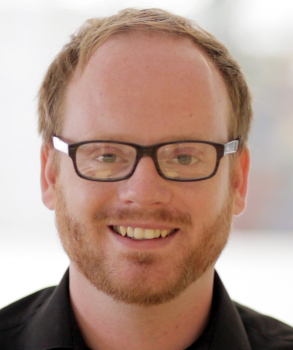
|
Immersive visual and experiential computing systems, i.e. virtual and augmented reality (VR/AR), are entering the consumer market and have the potential to profoundly impact our society. Applications of these systems range from communication, entertainment, education, collaborative work, simulation and training to telesurgery, phobia treatment, and basic vision research. In every immersive experience, the primary interface between the user and the digital world is the near-eye display. Thus, developing near-eye display systems that provide a high-quality user experience is of the utmost importance. Many characteristics of near-eye displays that define the quality of an experience, such as resolution, refresh rate, contrast, and field of view, have been significantly improved over the last years. However, a significant source of visual discomfort prevails: the vergence-accommodation conflict (VAC). Further, natural focus cues are not supported by any existing near-eye display. In this seminar, we discuss frontiers of engineering next-generation opto-computational near-eye display systems to increase visual comfort and provide realistic and effective visual experiences.
Moderator: Achin Bhowmik, Intel Corp., Santa Clara, CA, USA
|
Track 1:
Display Technologies
12:50-2:20 pm
|
M-7: Recent Technologies in LTPS TFT-LCDs
by Takashi Nakamura
Japan Display Inc.
Tokyo, Japan
|
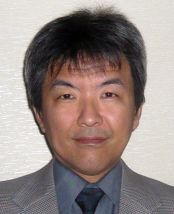
|
This seminar will discuss recent topics in LTPS TFT-LCDs for applications in areas such as low-power high-resolution IPS-LCDs with advanced in-cell touch for smartphones, reflective-type LCDs with embedded memory-in-pixel (MIP) for outdoor signage, and quick-response LCDs for automotive use.
Moderator: Takahiro Ishinabe, Tohoku University, Sendai, Japan
|
Track 1:
Display Technologies
2:40-4:10 pm
|
M-10: Technology Challenges of Flexible Touch AMOLED Displays
by Kuang-Jung (Glory) Chen
Deputy Division Director
Display Technology Center
Industrial Technology Research Institute (ITRI)
Taiwan
|
Chen.jpg)
|
This seminar will review the fundamentals and recent progress of flexible OLED displays and then discuss the remaining challenges with some of the key technologies, such as flexible substrates, gas barriers, OLEDs, thin-film encapsulation, de-bonding process, frontplates, and touch-sensor developments.
Moderator: Janglin (John) Chen, Industrial Technology Research Institute (ITRI), Hsinchu, Taiwan
|
Track 1:
Display Technologies
4:30-6:00 pm
|
M-13: Present and Future of AMOLED
by Ho Kyoon Chung
Chair Professor
Sungkyunwan University, Gyeonggi-do, Korea
|

|
OLED technology is being recognized as THE display technology not only for small mobile devices but also for large-sized TV and flexible displays. However, there are still some debates whether it can completely replace the LCD TV, and how and when the QD display will play a significant role in the display industry. This talk will address the key challenges of OLED manufacturing and present the future direction of OLED technology development to position itself as truly disruptive technology.
Moderator: Michael Weaver, Universal Display Corp., Ewing, NJ, USA
|
Track 2:
Display Manufacturing Technologies
8:30-10:00 am
|
M-2: Materials, Devices, and Circuits Based on Oxide TFTs
by Prof. Jin Jang
Advanced Display Research Center (ADRC)
Kyung Hee University, Seoul Korea
|
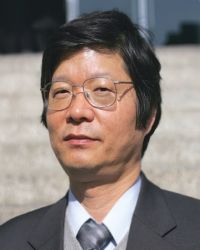
|
Oxide TFTs are of increasing interest for display applications. In this seminar, the current issues and state-of-art technologies of materials, devices, and TFT circuits based on oxide TFTs will be reviewed, focusing on the application to displays such as mobile devices and TVs. The application of flexible TFTs on polymide (PI) substrates to bendable and rollable AMOLED displays will also be reviewed.
Moderator: Ruiqing (Ray) Ma, Universal Display Corp., Ewing, NJ, USA |
Track 2:
Display Manufacturing Technologies
10:20-11:50 am
|
M-5: Display Metrology: Basics and Practical Considerations
by Michael E. Becker
Dr./Ph.D. — Scientific Advisor
Instrument Systems GmbH, München, Germany
|

|
Based on typical application scenarios for electro-optical display screens, this seminar develops a generalized structure for display metrology and introduces the main components, their features and limitations. It presents a range of practical aspects of Display Metrology with focus on variations with viewing direction and on display performance under ambient illumination. The seminar is complemented by a review on display metrology standards and terminology, on concepts of measurement uncertainty and on calibration issues.
Moderator: Kunjal Parikh, Intel Corp., Santa Clara, CA, USA
|
Track 2:
Display Manufacturing Technologies
12:50-2:20 pm
|
M-8: Light-Field Imaging and Display Systems
Nikhil Balram
Head, Display R&D for AR/VR
Google, Inc., Mountain View, CA, USA
|
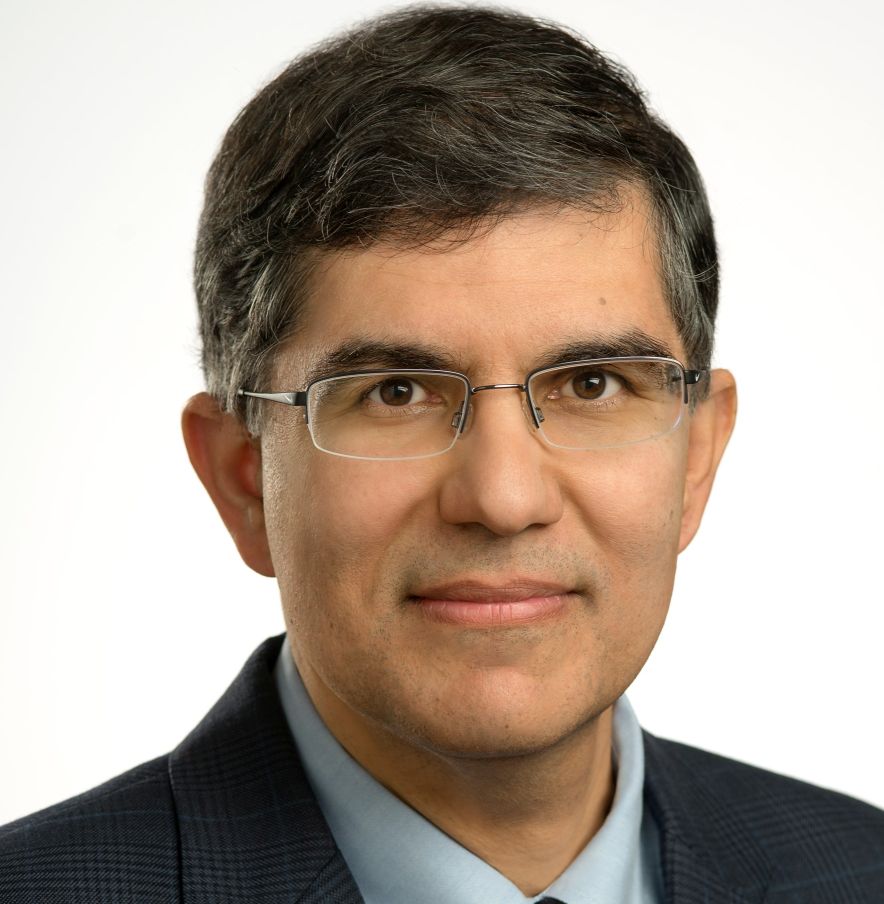
|
Light fields provide a natural way of representing the information that is captured and processed by the human visual system. Light fields can be acquired using compact imaging systems, and the information can be used for a variety of applications including analysis, interpretation, and display. Light-field-display architectures enable true 3D displays that provide a natural and comfortable experience. In both imaging and display, the system design has to consider a complex set of tradeoffs. This seminar will provide an introduction to light fields, followed by an in-depth discussion of state-of-the-art light-field imaging and display systems, some interesting applications such as AR and VR, and the key tradeoffs that have to be considered during the design process.
Moderstor: Karlheinz Blankenbach, Pforzheim University, Pforzheim, Germany
|
Track 2:
Display Manufacturing Technologies
2:40-4:10 pm
|
M-11: Updates on Quantum-Dot Displays for Photoluminescence and Electroluminescence
Xiaogang Peng
Zhejiang University
Hangzhou, China
|
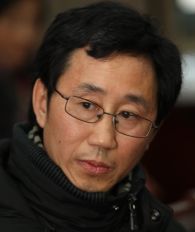
|
Quantum dots as fluorophores have been accepted in backlighting units of LCDs recently, and quantum-dot LEDs have rapidly advanced to potentially alter the roadmap for the display industry. This seminar will concentrate on recent advancements in the field along these two directions
Moderator: Bin Wang, Eastman Chemical Company, Kingsport, TN, USA
|
Track 2:
Display Manufacturing Technologies
4:30-6:00 pm
|
M-14: Microscale LEDs and High-Speed Manufacturing Approaches for Next-Generation Displays
John A. Rogers
Swanlund Chair Professor
University of Illinois at Urban/Champaign, IL, USA |

|
Technology for rapidly assembling arrays of microscale LEDs (Science, 2009) and CMOS driver circuits represents a breakthrough that enables revolutionary classes of displays, with unmatched levels of performance and qualitatively new possibilities for form and function. This seminar teaches the key concepts and summarizes the status of the field.
Moderator: Kälil Käläntär, Global Optical Solutions, Japan
|
Track 3:
Display Technologies and Applications
8:30-10:00 am
|
M-3: OLEDs: Recent Advances and Their Applications
Jian Li
Material Science and Engineering Program
Arizona State University, Tempe, AZ, USA |
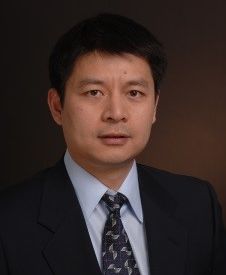
|
|
Organic light-emitting-device technology has the capability to enable imaginative curved, flexible, foldable, and transparent displays and lighting panels that are revolutionary in both their performance and design. Several critical factors which affect OLED performance will be presented, and the recent progress of OLED technology for solid-state-lighting and bio-applications will be reviewed.
Moderator: Deng-Ke Yang, Kent State University, Kent, OH, USA
|
Track 3:
Display Technologies and Applications
10:20-11:50 am
|
M-6: High-Dynamic-Range: A Consumer Ecosystem
Scott Daly and Robert Wanat
Dolby Laboratories, Inc., Sunnyvale, CA, USA |
 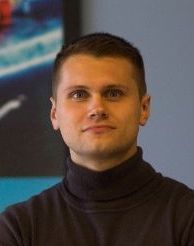
|
Last year, High dynamic range (HDR) was first available to consumers for both video content and displays. This seminar will go into detail on the key scene physics and perceptual aspects motivating the need for HDR. In addition, capture, display, and ecosystems for HDR involving static and dynamic metadata will also be covered.
Moderator: Ian Underwood, University of Edinburgh, Edinburgh, Scotland
|
Track 3:
Display Technologies and Applications
12:50-2:20 pm
|
M-9: Artificial Intelligence: Image Recognition and Visual Understanding with Deep Learning Techniques
Achin Bhowmik
Vice-President & General Manager
Perceptual Computing Group, Intel Corp. CA, USA
|
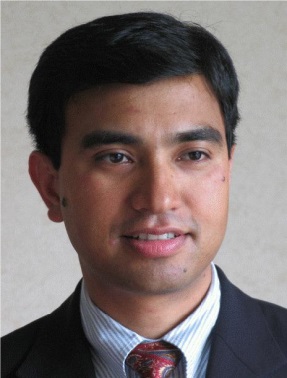
|
Recent advances in artificial intelligence (AI) are having an unprecedented impact on society, with increasingly ubiquitous applications in image recognition, language understanding, autonomous drones and robots, and self-driving cars, among numerous other areas. In particular, breakthroughs in computer vision based on deep learning techniques have enabled image recognition accuracies that have surpassed the human levels, thought to be impossible even a few years ago. In this seminar, we will present a tutorial on the deep learning methods in artificial intelligence, especially focusing on automatic image classification and visual understanding using convolutional neural networks. Starting with the basics of cognitive neuroscience and human perceptual system, the seminar will cover convolutional deep neural network architecture, machine learning algorithms including backpropagation and gradient descent techniques, and hands-on demonstrations of intelligent inferencing in practical computer vision and image recognition applications.
Moderator: Vincent Gu, Apple, Inc., Cupertino, CA, USA
|
Track 3:
Display Technologies and Applications
2:40-4:10 pm
|
M-12: Color Optimization for Displays with Color Management
Gabriel Marcu
Senior Scientist
Apple, Inc., Cupertino, CA, USA
|
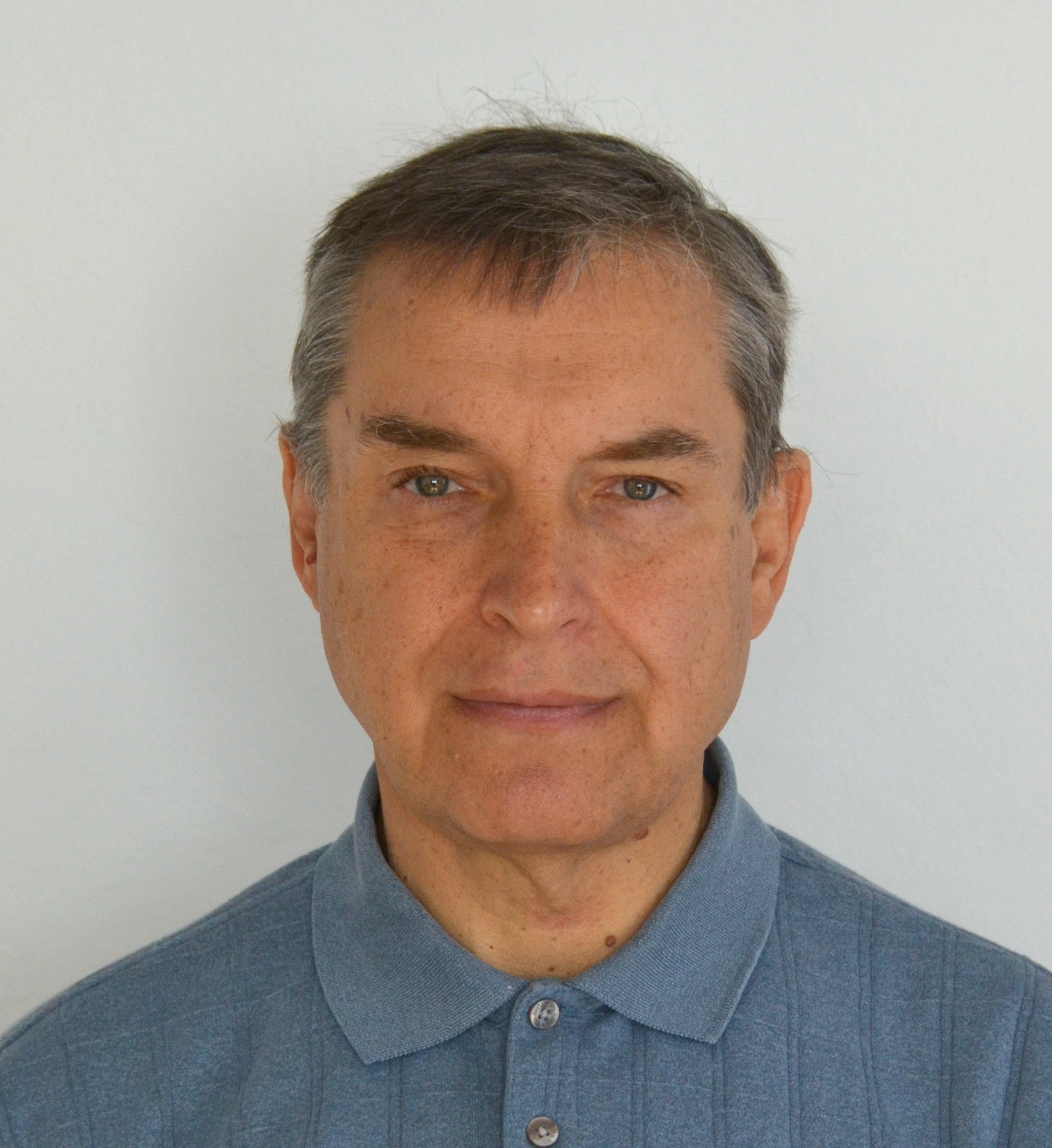
|
This seminar describes the most important aspects of color rendering on displays such as electro-optical transfer function, luminance, dynamic range (including HDR), contrast (static/dynamic), gray tracking, channel crosstalk, white point, color gamut and primaries, and response time. The seminar shows how to effectively apply these factors in display color management for maximizing the displayed color quality.
Moderator: Yuuzo Hisatake, Japan Display Inc., Tokyo, Japan
|
Track 3:
Display Technologies and Applications
4:30-6:00 pm
|
M-15: Automotive Displays
Rashmi Rao
Harman International, Mountain View, CA
|
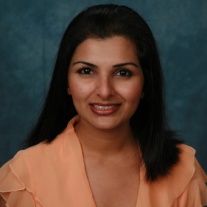
|
Moderator: Kevin T. Gahagan Corning Inc., New York, NY, USA
|